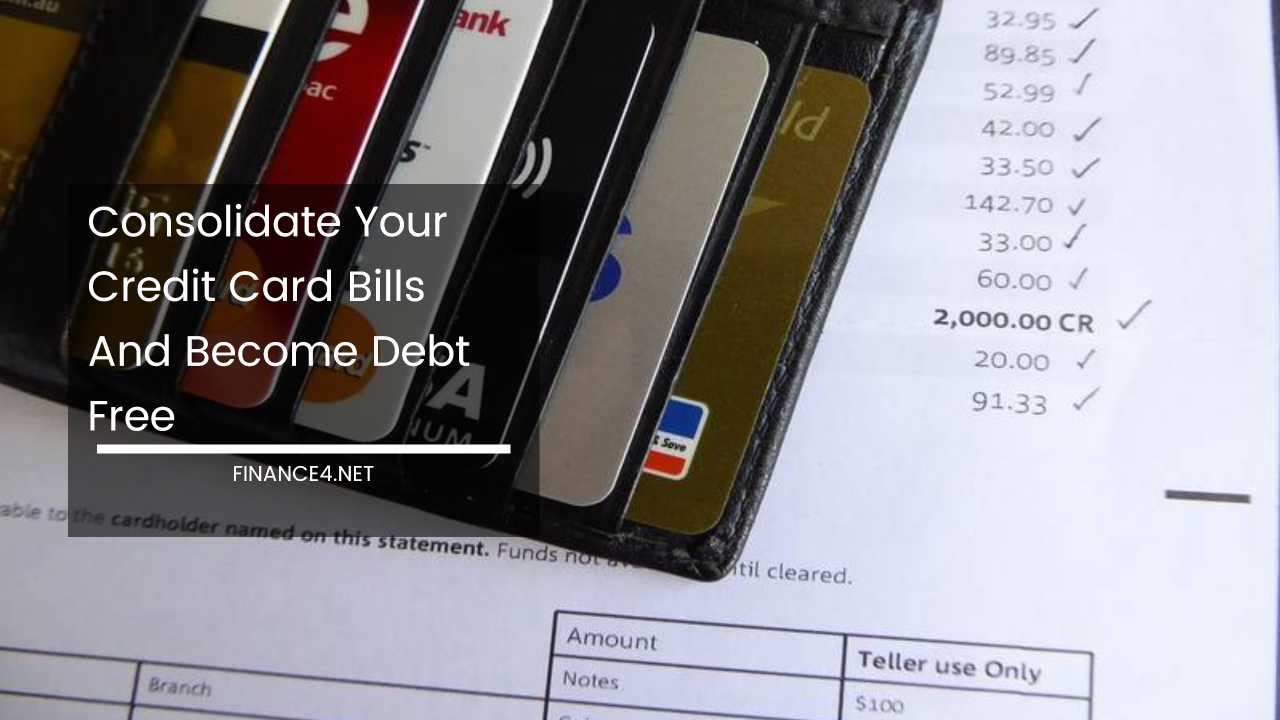Forex Trading for Beginners: Your Guide to the Currency Market

Unveiling the Enthralling World of Forex Trading
The financial landscape offers a plethora of investment opportunities, each with its own unique characteristics and complexities.
Among these, forex trading stands out as a dynamic and potentially lucrative realm that beckons both seasoned investors and curious newcomers. But what exactly is forex trading, and why should you consider venturing into this ever-evolving marketplace?
Demystifying Forex: A Currency Exchange Extravaganza
At its core, forex trading revolves around the exchange of currencies in pairs. Unlike buying souvenirs on a foreign trip, forex transactions involve speculating on the relative value of one currency against another.
This value is expressed as an exchange rate – for instance, EUR/USD (Euro versus US Dollar) tells you how many US dollars you need to buy one Euro.
The Intricacy of Currency Pairs
Forex isn’t a free-for-all where you can trade any currency combination. Instead, the market focuses on major currency pairs, with the US Dollar (USD) serving as the most commonly traded base currency. Popular pairs include:
- EUR/USD (Euro vs US Dollar): This pair reflects the economic health of the Eurozone and the United States.
- USD/JPY (US Dollar vs Japanese Yen): This pair is often influenced by investor sentiment toward riskier assets, with the Yen acting as a safe-haven currency during times of economic uncertainty.
- GBP/USD (British Pound vs US Dollar): This pair is sensitive to political and economic developments in the UK, as well as global factors impacting both economies.
Beyond these majors, minor and exotic currency pairs offer additional trading opportunities, but often with lower liquidity and potentially higher volatility.
Unveiling the Mechanics of a Forex Trade: A Speculative Symphony
So, how does one actually trade forex? The process involves:
- Identifying a Trend: Technical and fundamental analysis are used to assess the future direction of a currency pair. This analysis considers factors like price charts, economic indicators, and global events.
- Going Long or Short: Based on your analysis, you decide whether to go “long” or “short” on a currency pair. Going long means buying the base currency (e.g., Euros in EUR/USD) with the expectation that it will appreciate against the quote currency (US Dollars in EUR/USD). Conversely, going short involves borrowing the base currency from your broker, selling it immediately, and hoping to repurchase it at a lower price later, pocketing the difference.
- Leveraging the Power of Leverage: Forex brokers offer leverage, which allows you to control a larger position than your initial investment. This can magnify your potential profits, but also significantly amplify losses. Leverage should be used with utmost caution and a deep understanding of risk management.
- Monitoring and Managing Risk: Forex markets are dynamic, and positions need constant monitoring. Stop-loss orders are crucial tools to limit potential losses if the market moves against your prediction.
The Allure of Forex Trading: A Multifaceted Appeal
Several factors contribute to the allure of forex trading:
- 24/5 Market Access: Unlike stock exchanges with limited trading hours, forex operates continuously, allowing you to react to global events as they unfold. This flexibility can be particularly advantageous for investors based in different time zones.
- Unparalleled Liquidity: The sheer size of the forex market translates to exceptional liquidity. This means you can enter and exit positions quickly and efficiently without significantly impacting the price.
- The Potential for Substantial Returns: With leverage and well-executed strategies, forex trading offers the potential for significant returns on your investment. However, remember, high potential rewards come with equally high risks.
- Portfolio Diversification: Adding forex to your investment portfolio can provide diversification, potentially mitigating risks associated with traditional asset classes like stocks and bonds. During periods of economic turmoil, certain currencies can outperform others, offering a hedge against market downturns.
Equipping Yourself for the Arena: A Trader’s Toolkit
Before diving headfirst into the forex market, it’s essential to equip yourself with the necessary knowledge and tools. Here’s your roadmap to becoming a prepared forex trader:
- Embark on an Educational Odyssey: Forex trading necessitates a strong foundation in financial markets, currency valuation factors, and trading strategies. Numerous resources like online courses, forex trading books, and educational materials offered by brokers can empower you with the requisite knowledge.
- Selecting a Reputable Forex Broker: Choosing a reliable broker is paramount. Consider factors like platform functionality, customer support, regulatory compliance, and the range of currency pairs offered. Conduct thorough research to find a broker that aligns with your needs and experience level.
- Harnessing the Power of Demo Accounts: Most brokers offer demo accounts with virtual funds, allowing you to practice trading strategies in a risk-free environment.
Unveiling the Secrets of Technical Analysis: A Visual Dialogue
Technical analysis is a cornerstone of forex trading, utilizing historical price charts and patterns to identify potential trading opportunities.
Technical indicators, mathematical tools applied to price data, help to decipher trends and predict future price movements. Here are some widely used technical analysis tools:
- Support and Resistance Levels: Support levels represent areas where a currency might find buying interest, potentially halting its fall. Conversely, resistance levels indicate areas where selling pressure might emerge, potentially preventing further price increases. Identifying these levels through chart analysis can be a valuable tool for entry and exit points.
- Trend Lines: These lines connect several price highs or lows, suggesting the overall direction of the currency pair’s movement. Understanding established trends allows you to capitalize on them or identify potential trend reversals.
- Moving Averages: These smoothen out price fluctuations, revealing the underlying trend of the currency pair. Different moving average lengths provide varying perspectives on the market’s direction. Analysing the interaction between price and moving averages can offer valuable insights.
Beyond the Technical Realm: The Power of Fundamental Analysis
While technical analysis focuses on price movements, fundamental analysis delves deeper, examining factors that influence currency valuations. This includes:
- Economic Data Releases: Central bank interest rate decisions, inflation reports, and employment data significantly impact currency values. Understanding how these factors influence market sentiment is crucial.
- Geopolitical Events: Political instability, international conflicts, and trade wars can cause significant market volatility and currency fluctuations. Staying informed about global events is essential.
- Central Bank Policies: Monetary policies implemented by central banks, like quantitative easing or interest rate adjustments, can influence currency valuations. Keeping track of these policies can give you an edge.
The Art of Combining Analysis: A Synergistic Approach
Successful forex traders don’t rely solely on technical or fundamental analysis. Instead, they leverage a combination of both approaches.
Technical analysis aids in identifying entry and exit points based on price movements, while fundamental analysis provides context and helps understand the underlying forces driving those movements.
Cultivating the Mindset of a Disciplined Trader
Forex trading, like any financial endeavor, requires discipline and emotional control. Here are some crucial aspects to consider:
- Developing a Trading Plan: A well-defined trading plan outlines your entry and exit strategies, risk management parameters, and position sizing. This plan helps maintain discipline and prevents impulsive decisions based on emotions.
- Embracing Risk Management: Forex trading carries inherent risks. Implementing stop-loss orders, maintaining a healthy risk-reward ratio, and avoiding overleveraging your capital are essential aspects of risk management.
- The Power of Patience: The forex market can be unpredictable. Don’t chase every trade and learn to be patient for opportunities that align with your strategy.
- Continuous Learning: The financial world is constantly evolving, and so should your knowledge. Regularly update your knowledge base by following market news, analyzing economic data, and staying abreast of new trading strategies.
Embracing the Journey: Success Through Perseverance
Forex trading can be a rewarding path for those who approach it with dedication and a thirst for knowledge.
Remember, success doesn’t happen overnight. Be prepared for setbacks, learn from your mistakes, and continuously refine your strategies. Here are some parting words for aspiring forex traders:
- Start Small and Scale Gradually: Begin with smaller investments as you gain experience and confidence in your trading abilities. Gradually increase your investment size as your knowledge and risk management skills develop.
- Never Risk More Than You Can Afford to Lose: Forex trading can be volatile, and losses are inevitable. Only invest capital you can comfortably afford to lose without jeopardizing your financial well-being.
- Seek Guidance from Mentors and Communities: The forex trading community offers a wealth of knowledge and experience. Consider seeking guidance from mentors or joining online communities to learn from seasoned traders.
By following these steps and approaching forex trading with a measured and knowledgeable perspective, you can increase your chances of success in this dynamic and ever-evolving financial landscape. Remember, forex trading is a marathon, not a sprint.
Embrace the journey, stay disciplined, and continuously learn to navigate the exciting world of currency exchange.



